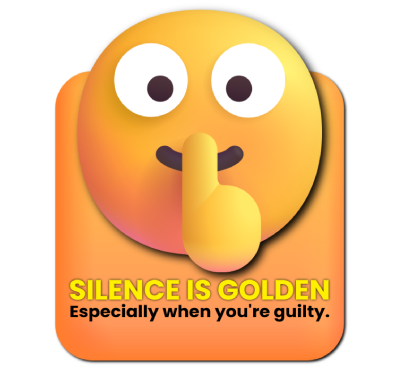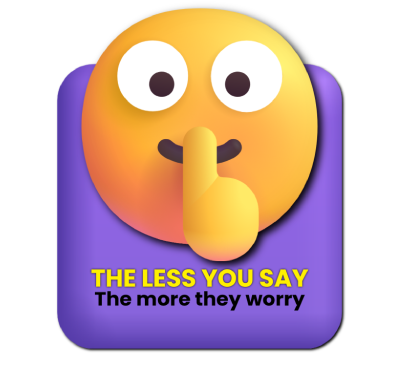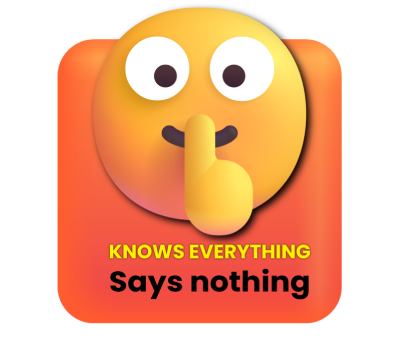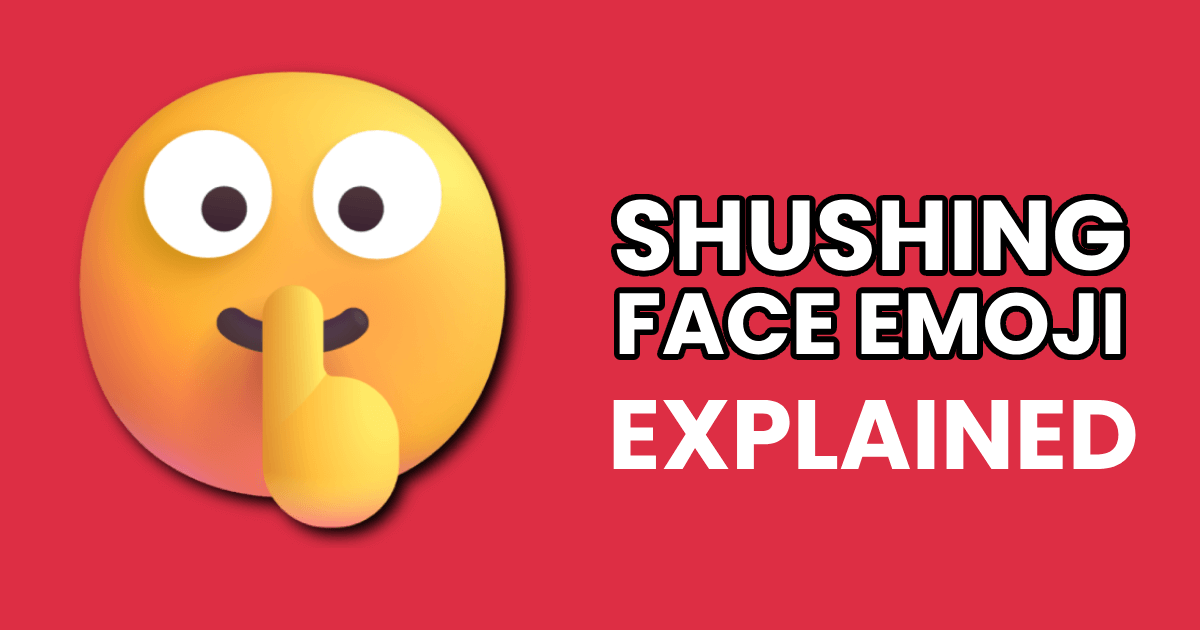In a world full of emojis shouting for attention, the Shushing Face emoji stands out by doing the opposite. With its wide eyes and finger raised to its lips, it sends a simple but powerful message. It whispers, and yet somehow, it speaks volumes. This emoji appears when you’re hinting at a secret, reminding someone to stay quiet, or simply enjoying a bit of drama in silence.
People don’t just use it for spoilers or noise control. They use it to make a point—without saying a word. This small, yellow face may not raise its voice, but it’s often the loudest thing in the room.
How the Shushing Face Emoji Was Born
The Shushing Face emoji didn’t emerge from meme culture. Instead, the Unicode Consortium introduced it in June 2017 as part of Unicode 10.0 and Emoji 5.0. That might sound dry, but the committee behind it holds surprising influence. These are the people who decide how digital emotions are visualized—and how we argue, flirt, and joke online.
Its official designation is U+1F92B, though most of us just call it “Shushing Face.” It shares a family with other hand-over-mouth-style emojis, including Thinking Face and Face with Hand Over Mouth. On different platforms—like Apple, Google, and Facebook—it appears with slight variations. Apple’s version looks sleek and polished, while earlier Samsung versions looked mildly haunted. Even so, the core idea remains: keep your lips sealed.

Literal Meaning and Common Use
At first glance, this emoji just asks for silence. Think of a teacher at the front of the room, or a librarian raising an eyebrow. That’s the default interpretation. However, most users bring their own flavour to it.
For instance, in a group chat, it might mean “I know something you don’t.” In a comment thread, it might suggest restrained mischief. It can be sincere, playful, ironic—or sometimes all three. Because of this flexibility, the emoji slips easily into many situations.
And it never asks for attention. It just waits patiently, smirking in the corner.
The Semiotics of the Shushing Face Emoji
This emoji is more than a digital “shhh.” It’s a visual symbol loaded with nuance. Yes, it clearly asks for silence. But depending on the context, it can imply secrecy, complicity, or even a quiet form of rebellion.
The Shushing Face emoji communicates by leaving things unsaid. It hints rather than states. Often, it suggests the user knows more than they’re letting on. That’s part of its appeal. It’s not just a gesture—it’s a statement of restraint.
In Western cultures, silence often implies mystery. In East Asia, it can reflect social harmony. Online, it sometimes signals passive resistance—someone choosing not to engage but absolutely paying attention.

Design and Platform Differences
The design elements of this emoji are deliberate. Its wide, open eyes give the impression of alertness—or guilt. The finger against the lips is unmistakable. It says “don’t speak,” but also adds drama. The raised eyebrows inject just enough ambiguity to leave room for interpretation.
Each platform’s version adds its own spin. Apple’s emoji feels expressive and clean. Google’s design is cartoonish but readable. Facebook’s version has evolved from slightly confused to relatively composed. Despite these differences, the emotional core stays consistent.
Because people understand the gesture worldwide, the emoji works well across cultures and devices. That’s rare—and powerful.
Digital Culture and Meme Potential
The Shushing Face emoji thrives in online spaces filled with drama and subtlety. It’s perfect for subtweets, spoiler alerts, and cryptic replies. Someone drops a bombshell, and this emoji shows up beneath it. No comment, just vibes.
On social media, it appears in teaser campaigns, captioned TikToks, and cryptic reels. Influencers love it. Brands use it to suggest that something “big” is coming without giving anything away. Meanwhile, in group chats, it’s the friend who’s seen the screenshots but isn’t about to say a word.
Because it plays well with drama, it’s become a staple in meme culture. And it never breaks character.
Grammatical Role and Linguistic Flexibility
This emoji breaks grammar—and makes it work. It doesn’t fit neatly into a sentence. Sometimes it is the sentence. Other times, it acts like punctuation or tone. You can’t always define it, but you feel what it means.
Used with other emojis, it becomes even more expressive. Paired with the Eyes emoji, it suggests awareness. Add a Devil Face and it hints at mischief. Add a Smirking Face, and suddenly it’s a full-blown scandal in emoji form.
Because of that adaptability, it’s become a linguistic Swiss army knife for the emoji generation. It fills the silence—and sometimes creates it.

Common Misinterpretations and Criticism
Of course, not everyone reads it the same way. While some see a cheeky nudge, others may interpret it as condescending or rude. It all depends on the context and the relationship between sender and receiver.
Misuse can also be an issue. Sometimes, the Shushing Face emoji gets used to dismiss or silence people. That makes it a tool for passive-aggression—or worse. And for screen reader users or those unfamiliar with emoji culture, it can obscure meaning instead of clarifying it.
Still, these pitfalls don’t outweigh its strengths. Most people use it in good humour. But it always carries a little edge.
Conclusion: The Quiet Power of the Shushing Face Emoji
The Shushing Face emoji doesn’t raise its voice. It doesn’t need to. Whether you’re keeping a secret, enjoying the chaos, or suggesting silence with a touch of flair, it gets the job done with a single gesture.
Since its arrival, this emoji has quietly earned its place among the most expressive tools in digital communication. It says more in a hush than most people do in a rant. And if you ever receive it unexpectedly? You should probably stop and wonder what’s not being said.
Sometimes, the quietest emoji in the conversation is the one with the loudest story to tell.

